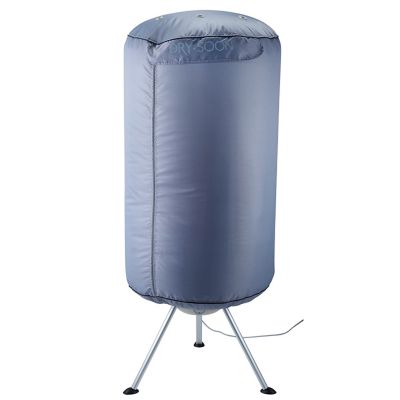- Messages
- 11,587
- Type of diabetes
- I reversed my Type 2
- Treatment type
- Diet only
<<< Useful button >>> Are you talking about condensing driers here? They are more efficient., but still take energy in large amounts. I use an electric drying rack that is down in the tens of watts and just creates a convection airflow past the clothes and gently dries them. It is not the fastest but it is quite cheap to run. <<< Belly button fot the description of your browsing habit >>>
Edit to add: drying rack is like a 60 watt lightbulb under a normal drying rack
Our dryer is a condensing dryer, which it then magically takes away and periodically washes the filters (you can tell it's not something I'm intimate with - bedding hanging on the line right now).
From memory, the figures quoted were about 10% of the cost of the dryer, but of course, any such saving will depend on the efficiency of both appliances and how they are used. Decent dehumidifier and small (not bathroom) room were also important.
Taking a moment to look at my Amazon browsing history, this was one of the devices the article was suggesting.
It might be helpful to someone whose outdoor drying potential is limited to finds themselves with endless washing for some reason (children/sports/illness perhaps).


